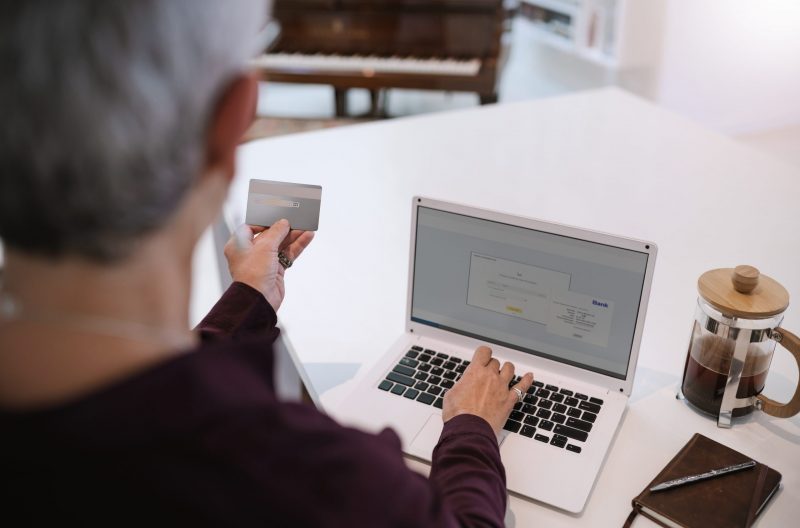Today, children have easy access to online products and services. Where digitization has created many learning opportunities, it also gives rise to child identity theft. Stolen identities of minors are a growing concern since they are being used to avail benefits on behalf of the victims without their consent. The biggest problem with child identity theft is that it often goes unnoticed for years which could prove to be disastrous for the child. A study conducted by Javelin shows that identity theft cases related to children account for $2.67 billion USD, and are growing exponentially.
Apart from this, the consumption of age-exclusive content by minors is another aspect of child safety that online businesses have to cater to. Not having proper age verification checks at websites can give merchants of age-restricted services a good run for their money. Although different countries and regions have various sets of age authentication laws, their main purpose is the protection of minors.
Why Is there a Need for Age Verification?
Since most children in their growing phase do not have a properly developed mindset, they are vulnerable to violent and age-restricted content.
It is the ethical and lawful responsibility of online businesses providing age-exclusive services to perform digital age verification of their customers. In case of not following a standard set of regulations, it can cause serious consequences for enterprises in terms of non-compliance and chargeback costs.
Age Identifier Software
These days, age-exclusive service providers integrate an age identifier software with their mobile application or web platform. This every customer on the website is either a grown-up and the services are suitable for them. Age identifiers incorporate rules and regulations from age verification regulations like the GDPR and COPPA which are useful in ensuring minor protection.
Industries Where Age verification is Necessary
There exist various industries where minor protection is necessary to avoid potentially harmful outcomes. A couple of the use cases of age verification in these industries are listed below:
Alcohol
Buying, selling, and consumption of alcohol and its by-products by underage individuals is not only prohibited but has serious repercussions. In the US the legal minimum age for drinking is 21. The reason is that alcohol intake can have a bad influence on children in terms of both physical health and their habits. Alcohol e-stores on the internet are popular on the internet these days. Since there don?t exist any proper age check at these websites, it is not difficult for a youngster to buy a bottle of wine without the consent of their parents.
Tobacco, Vapes, and e-cigarettes
According to a study in 2020, the total global revenue generated by the tobacco industry tops $878.35 billion, while the vape and e-cigarettes market size sits at a staggering 15.07 billion as well. Just like alcohol, tobacco had its side effects not only on minors but on individuals of all ages. That is why consumption of alcohol products is restricted by federal laws to ensure the protection of children.
Age Verification has the Solution
Today, with the power of Artificial Intelligence, verifying the proper age of an individual has become streamlined. Age verification tools work beyond the traditional age matching protocols which are easily outwitted by clever minors now. Online businesses of age-exclusive products and services can now onboard only legitimate customers with the required age limit.
Age verification takes into account authentic ID documents to determine the proper age of a business? customers. Moreover, to eliminate the potential threat of spoofing, it scans a face image of the user to compare it with their identity photo on the document provided in the first place. Document authenticity is also performed to leave no possible room for error.
To wrap it up, online age verification is the need of the hour to protect underage minors from consuming age-restricted online products that are harmful and not appropriate for the age.

As the editor of the blog, She curate insightful content that sparks curiosity and fosters learning. With a passion for storytelling and a keen eye for detail, she strive to bring diverse perspectives and engaging narratives to readers, ensuring every piece informs, inspires, and enriches.










